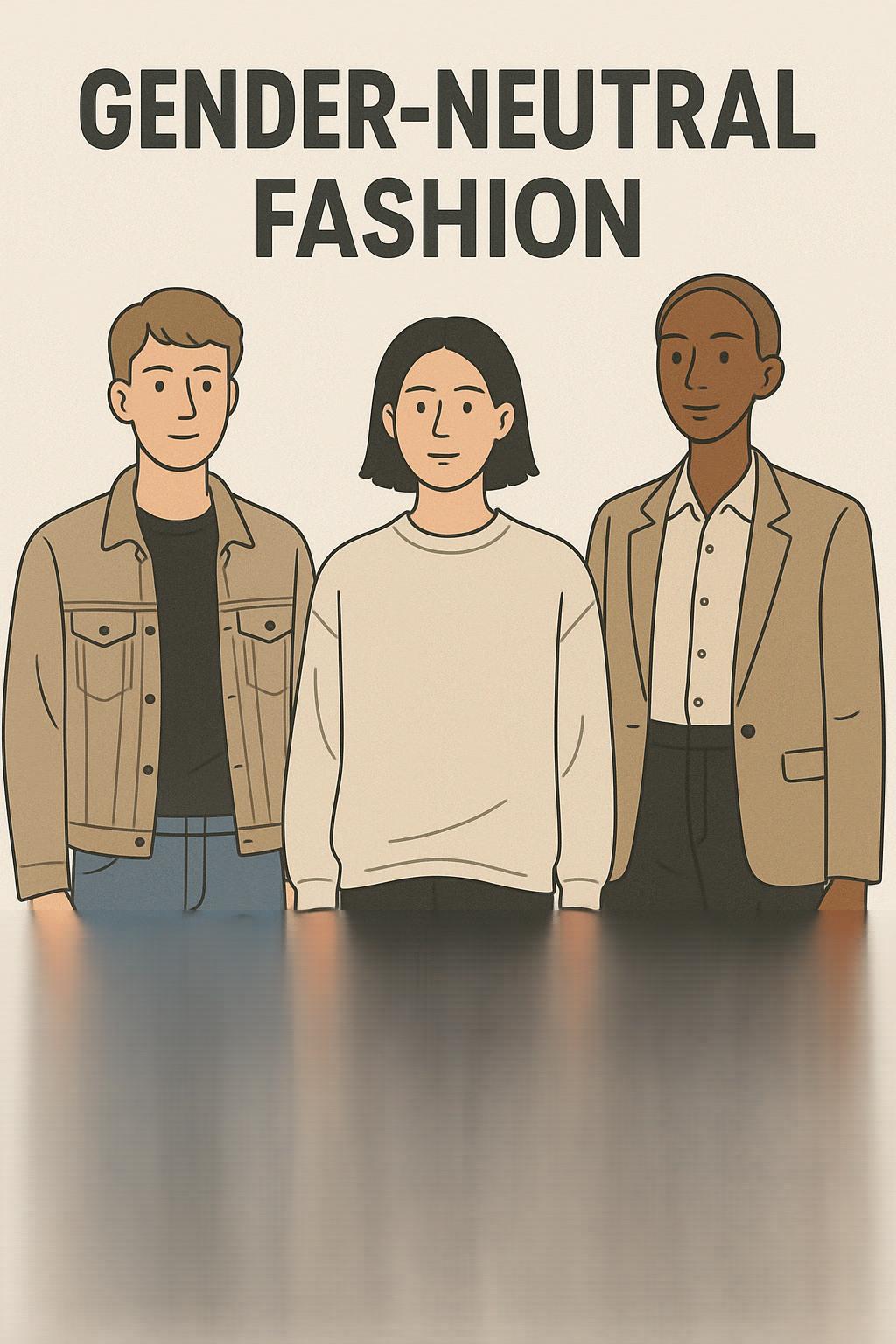Fashion has always been a way for people to express themselves. But for a long time, clothing has been divided into “men’s” and “women’s” categories, creating limits for those who don’t fit into those boxes. Today, things are changing. Gender-neutral fashion is challenging traditional ideas and offering everyone more freedom to dress how they truly feel. It’s not just a trend—it’s a growing movement that reflects changing values in our modern world.
Gender-neutral (or unisex) fashion is about designing clothes that are not meant just for men or just for women. Instead, these clothes are made for all people, regardless of gender identity. The goal is to remove the pressure of dressing in a “masculine” or “feminine” way and allow more flexibility, comfort, and self-expression.
In this style, you’ll often see looser fits, neutral colors, and designs that don’t follow traditional gender lines. But it’s not about dressing in plain clothes—it’s about creating a space where fashion feels open and honest, not limited or labeled.
More people today are recognizing that gender is not black and white. Many identify as non-binary, gender-fluid, or simply don’t feel comfortable with strict gender labels. As awareness grows, so does the demand for clothing that matches these identities.
Social media and younger generations have played a big role in promoting gender-neutral fashion. Influencers, celebrities, and everyday people are showing how freeing and creative it can be to dress without following traditional rules. This visibility helps break down stereotypes and encourages brands to offer more inclusive options.
Most gender-neutral pieces avoid overly tight or overly tailored shapes. They often feature straight lines and relaxed fits that suit different body types.
Colors like black, white, beige, grey, and navy are common in gender-neutral fashion. However, this doesn’t mean color is avoided—bright or pastel tones are also used, but without being linked to one gender.
Comfort is central to this style. Clothes are made to be practical and wearable, focusing on how you feel in them rather than how they “should” look based on your gender.
Gender-neutral clothing is designed to be mixed and matched. A jacket, shirt, or pair of pants might suit anyone, no matter their gender.
If you’re interested in exploring this style, here are a few simple tips:
- Start with basics: Oversized shirts, denim jackets, hoodies, and joggers are great starting pieces.
- Play with layering: Combining different textures and lengths adds interest to your outfit without relying on gendered shapes.
- Choose what feels right: Ignore labels. If something fits you and you like it, wear it.
- Look beyond the men’s and women’s sections: Many pieces found in traditional categories can still be part of a gender-neutral wardrobe.
As gender-neutral fashion becomes more popular, clothing brands are starting to take notice. Many are now creating lines that are inclusive, featuring diverse models and non-gendered items. Some brands are even removing the gender labels in stores, placing all clothing together to encourage choice based on style rather than identity.
This shift is helping the fashion industry grow in a more positive, forward-thinking direction. It’s also encouraging more honest conversations about gender, identity, and expression.
While progress is being made, gender-neutral fashion still faces some challenges:
- Sizing: Because bodies vary so widely, creating sizes that work for everyone can be difficult.
- Representation: Not all fashion campaigns reflect the diversity of those wearing gender-neutral clothing. More inclusive representation is still needed.
- Cost and Access: Some gender-neutral fashion can be expensive or limited to certain areas, making it harder for everyone to participate.
Still, each small step moves fashion closer to being a space where everyone feels seen and supported.
Gender-neutral fashion is more than just a new category—it’s a reflection of a changing world. As people become more open about their identities and more aware of the freedom that comes with self-expression, the demand for inclusive clothing will continue to grow.
By breaking away from strict definitions and embracing individuality, gender-neutral fashion is helping to build a more accepting and creative future. Whether you’re new to the concept or already embracing it, remember: fashion should be about you—your comfort, your confidence, your story.
